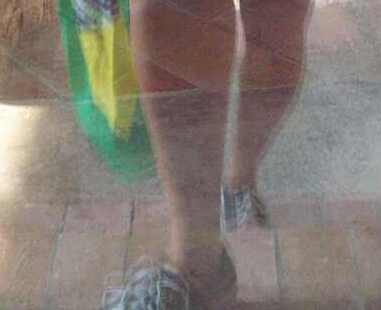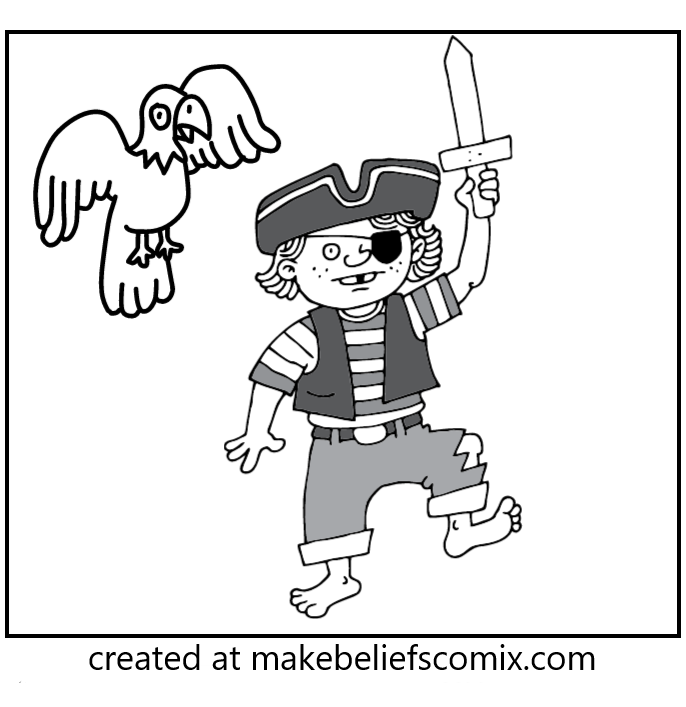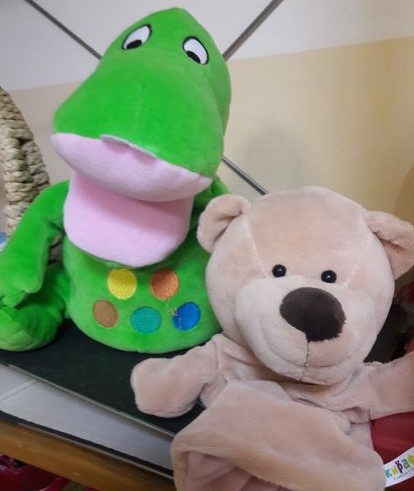
Sigh.
This was my first reaction to the context I had a chance to teach in last week. To be honest, I am still sighing because an experience like that does not wear off too easily. Yes, it was not a positive experience.
Now, even being just dead inside and very very angry (not a contradiction) at the time it was taking place, I was still a devoted teacher and, even more importantly from the point of view of this post, I was a trainer, reflecting and assessing. So here we are. For you, what not to do and why.

What happened
Last week I had a chance to teach an extremely mixed ability group. I am an experienced teacher and an experienced trainer and, over the years, I have had an opportunity to work in a variety of contexts with different students and mixed ability groups in all shapes and forms and types of a mixture. Last Wednesday I reached a new level.
There were nine kids in the classroom. Three of them – real beginners who should be learning colours and their first hellos. Seven of them – pre-literate students who would require an alternative set of materials. Two kids – of a higher than ‘just pre-A1’ who should be in a more advanced group. One child, aged 5 (according to the information from the admin) and aged 4 (according to what he told me) – a pre-schooler who should not be spending in the classroom more than 30 minutes. Three kids, aged 10 – who should be in a completely different group where they are given a task on a higher cognitive level of challenge than just a picture to colour. And yet, there we were, myself and all nine kids (all of them called Sasha, traditionally), in the same classroom, for 4 academic hours of a lesson.
We all survived. Here are some notes from this memorable day.

The youngest Sasha…
- The youngest Sasha was completely out of place. He did not understand what we were doing and the only reason why he even stayed in the classroom was that his older sister was present and involved. He was trying to join in, though, and the result of it was a little boy babbling in some kind of a newspeak, that was neither pidgin, nor Sasha’s L1 and not any langauge known to mankind. Albeit, to be honest, it to someone who did not know English, it might have sounded like English, from afar. My heart was literally aching at his efforts.
- The youngest Sasha had no idea of the way you interact in the classroom. On countless of occasions, he would get up, come to the board, pick up markers to draw on the board (since the classroom was not baby-proof, I did not expect a pre-schooler), to try to nick a few post-it notes. He did not understand why he did not get a set of mini-cards (and some kids did, the leaders of all the small teams) and when he got a small heart for the other activity, he did not want to give it back. Because why would he? At one point, I felt like being on the playground and ‘fighting’ over toys.
- It was beyond the little Sasha’s understanding why we would even dictate the colours for each other to use in a colouring dictation. ‘But I want to colour it blue and green!’, he said, already on the verge of tears and, later on, naturally, he was thoroughly confused that his picture was different from the teacher’s, his sister’s, all the other kids’ and he kept asking if he did a good job and if he completed the task well.

The Sashas in the middle…
- Generally, these Sashas were under control. After all, they are the kids who have spent the longest period of time in the classroom and they are the kids who have had a chance to experience and to benefit from the routine of the previous two weeks. High five to the teacher who made an effort to build this routine. It was worth it. These are also the children who constitue the biggest group and the activities were generally designed for them and graded to their linguistic, cognitive and social skills. They did participate, they did produce, they did work well in pairs and, unknowingly, they were the kids that the teacher was looking at and sighing with relief. ‘Not all is lost’, thought the teacher. ‘I have not run in vain’, thought the teacher, quoting her favourite quote from the Bible, albeit a very un-religious one.
- But, still, the atmosphere of the lesson, chaotic and messy, unravelling and tense (my bad, I know that) also took its toll even on them. My amazing twins were on the edge and, at one point, a heated debate broke out because one of them wanted to play a simple gussing game (as intented and as they were instructed to) whereas the other wanted some hints and suggestions (because that is how we played in the previous weeks). ‘Why aren’t you miming? Why aren’t you telling me if it is big or small and if you like it?’, he was asking. They ended up getting upset with each other and breaking up for a minute. The other pair, Sasha girls were sleepy and tired and on the verge of tears and even though they did play, they also spent a moment discussing whether they should just divide the cards into two piles or take them from the same pile and how much time is necessary to make a decision which word you want to use to talk about (Answer: not too much, the sooner, the better).
- The day is quite long and the kids like to ask how much time is left. We have established a routine that when they want to know, they should ask (‘What time is it?’) and the teacher checks the watch and writes how many minutes are left until the nearest break. I don’t quite like it but they are quite young, they cannot tell the time using the clock and, still, they need something to understand and to manage the lesson time. We have drilled the question, it is always on the board and, although it is slightly annoying to hear the same question over and over again, it gives me an idea of how involved the group are. The more frequent the questions, the more ‘trouble’ we are in. Unsurprisingly, in that particular lesson, this question was popping up again and again and again.

The oldest Sashas…
- The oldest Sashas finished the task way too quickly for teacher’s liking and we all had to wrap up a bit faster, although, indeed, they got convinced into taking part in some kind of an extension and it did buy the rest of us some time.
- The oldest Sashas, because there were more than one, spent the lesson being on the brink of getting involved in some alternative, mostly illicit activities. In the end, they did not, with an experienced teacher present, but, oh Lord, there was so much potential for it. If there had been only one older Sasha, they would have been more easily contained. With two or three, at times, they could bounce their exciting ideas off each other, fueling the behaviour that were not quite welcome.
- It was almost a miracle that the older Sashas enjoy colouring and that they got midly interested in completing the task. They were most engaged than I would have expected from children of their age. I can safely say that, yes, I did get away with it.
- In an ideal world, these Sashas would be getting a much closer monitoring from the teacher to ensure that they are using the same material but producing a lot more langauge than the average student. Unfortunately, with the kind of mix that I actually had to deal with, it was not possible. Apart from the storybird activity that involved a 1-1 interaction with the teacher, closely supervised. Overall, the teacher was not happy at all.
- I have also noticed that one of my older Sashas has got a very strong inclination for bullying. Nothing happened but I do not like the vibe and the way he behaves around the younger children (aka all the other children in the group). He is naturally a leader without any skill to be one and he has absolutely no one to look up to and to be inspired by. He would benefit more from being in a group of older children in order to develop his social skills and to learn from the other kids.

If I could think of a metaphor for that day…
A sweater that is fraying uncontrollably, at three different ends.
Washing the windows in a flat ont the top floor, in a blocks of flats. Standing on the chair and reaching out to this little piece in the corner, thinking that this may all end up in a very, very bad place.
A flooded kitchen, with you trying to make decisions quickly and to save something, to wipe the floor and not to let the flood spread to the neighbours below you.
A three-course dinner for ten, prepared by one relatively skilled chef, on one hob, with a pot and a pan.
A herd of cows that your grandma asked you to bring back from the pasture, walking them on the main village road, with all the tractors and all the combine harvester coming back from the fields and using the same road AND all the neighbours and villagers standing by the fences of their houses, watching the god-damn show because a city teenager trying to manage a task she had no preparation or knowledge of. Speaking from experience, in case you are wondering.
Any of the experiences that you spend hating every second of and yet you go on and you survive. Exhausted. And then you just sigh and vent in a post on your blog.

Coda
There is not much to say here apart from this one thing: all these kids should not be learning English together. There are too many factors that come into the picture that make it an almost impossible task for the teacher. It is true that English language groups are rarely homogenous and it is especially true in case of young learners groups and, especially especially, in case of primary school students. Teachers are simply obliged to deal with that issue on daily basis. Managing a group of kids who are on the same level of English but who are of different ages – it is possible. Managing a group of kids who are of the same age but have different levels of English – it is manageable. However, this kind of a mix, different age groups, different levels of English, different levels of literacy skills, cognitive skills and social skills development with such a number of kids is simply not a good idea. If you have a choice, please, DO NOT DO IT.
Happy teaching!















